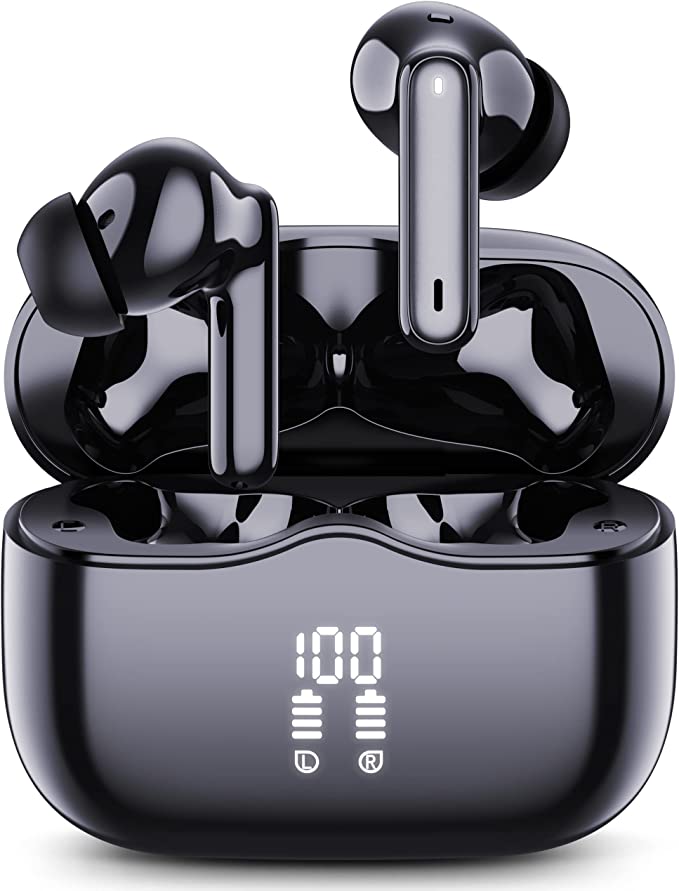GEME Smart Composter: Turning Kitchen Waste into Garden Gold
Update on July 27, 2025, 10:29 a.m.
An avocado pit sits on the cutting board, slick and heavy with potential. In most North American homes, its destiny is a plastic bag, a dark journey to a landfill where, starved of oxygen, it will mummify and bleed methane into the atmosphere. According to the EPA, this is the fate of billions of pounds of food scraps each year—a staggering loss of nutrients and a significant environmental burden. But technology has intervened, promising a different path.
Today, that avocado pit can be dropped into a sleek kitchen appliance. Within hours, it’s transformed. But into what? Here, in the heart of our modern homes, a fundamental philosophical battle is being waged. It’s a tale of two technologies, two outcomes, and two very different futures for that single seed. It is the battle of heat versus life.

The Ancient Pact Between Scraps and Soil
Long before the advent of circuits and sensors, composting was an unspoken pact between humanity and the earth. The Roman scholar Pliny the Elder wrote of the value of composting, and for centuries, farmers across the globe understood that returning organic matter to the fields was not waste disposal, but an act of reinvestment.
At its core, true compost is not just decomposed matter; it is a thriving, bustling metropolis of microorganisms. It is a living substance, dark and fragrant with the earthy aroma of humus—the complex, stable organic compound that is the very soul of fertile land. Humus acts as a sponge for water, a pantry for nutrients, and the foundational habitat for the entire Soil Food Web, that intricate network of life from bacteria and fungi to earthworms and insects that sustains healthy plants. To create compost is to cultivate life.

The Path of Ash: Dehydration and the Illusion of Composting
The first path offered by modern technology is one of fire and force. Many devices marketed as “electric composters” are, in essence, sophisticated food crematoriums. They employ a simple, brute-force strategy: high heat (often well over 212°F / 100°C) to boil away moisture, followed by powerful blades that grind the desiccated remains into a fine, sterile powder.
The appeal is undeniable. It dramatically reduces waste volume and eliminates odors. But in this inferno, the pact with nature is broken. The heat annihilates the microbial workforce, destroying the enzymes, bacteria, and fungi that are the engines of decomposition. What remains is not compost. It is food ash. It’s like taking a library full of priceless books and burning it down to a small, neat pile of cinders. The volume is reduced, but the stories—the life, the information, the potential—are gone. This inert powder must still undergo the entire decomposition process once it’s added to your garden, a journey that can take months or even years.
The Path of Life: Microbial Alchemy in a Box
The second path is one of biology, not just physics. It is a quieter, more elegant approach that seeks to replicate and accelerate nature’s own genius. This is the world of true bio-composters, like the GEME Bio Smart 19L Electric Composter (G601N-2K), which operate less like an oven and more like a high-tech micro-farm.
Instead of killing life, these machines cultivate it. The process begins with bio-augmentation—the introduction of a specialized starter culture, what GEME calls its “Kobold.” This is a carefully selected consortium of “pure natural microbes,” the microscopic shepherds for your food scraps. Once inside the machine’s controlled, oxygen-rich environment, this workforce begins its task.
This is a form of managed aerobic decomposition. It relies on a balanced diet for the microbes, a concept gardeners know as the Carbon-to-Nitrogen (C:N) ratio. The microbes use carbon (from things like bread, paper, or dry leaves) for energy and nitrogen (from fresh vegetable scraps, coffee grounds, or meat) for building proteins. Get this diet right, and the microbial population explodes, efficiently and odorlessly digesting the waste. They break down complex proteins, fats, and carbohydrates not into ash, but into the building blocks of life itself: stable, nutrient-rich humus.

The Machine as a Living Ecosystem
When you understand that a bio-composter is a living system, its design features cease to be mere bullet points and become logical necessities.
The GEME’s massive 19-liter capacity and the freedom to “add waste anytime” is a direct consequence of this biological approach. It is not a sealed, batch-processing oven that must run a complete cycle. It is a continuous, dynamic ecosystem that can accept new “feed” at any time, just as a real compost pile would. The silent operation is another clue; the quiet hum is the sound of life at work, not the roar of grinders and heating elements.
Perhaps most tellingly, its claim of a filter that never needs changing speaks volumes. High-heat dehydrators produce a host of harsh, cooked odors—Volatile Organic Compounds (VOCs)—that quickly saturate disposable carbon filters. Microbial fermentation, when properly aerated, produces far fewer and different types of VOCs. A more robust, industrial-grade system, possibly using technology like photocatalytic oxidation, can neutralize these milder emissions over the long term without replacement, a feat impossible for its high-heat counterparts.

The Final Harvest: Reawakening Your Garden
The ultimate difference between the two paths is revealed when the final product touches the soil. Sprinkling sterile food dust into a garden bed is a slow-release meal at best. But adding a scoop of real, living compost is like administering a powerful probiotic.
You are not just adding nutrients; you are inoculating the soil with a diverse army of beneficial microbes. These microscopic allies go to work immediately, unlocking existing nutrients, improving soil structure to prevent compaction, fighting off plant pathogens, and re-establishing the vibrant Soil Food Web. They partner with plant roots, creating a symbiotic system that is more resilient to drought, disease, and pests. You are giving your garden back its soul.
The choice, then, is not merely about which appliance to place on your countertop. It is a choice of philosophy. Are you seeking to efficiently dispose of a problem, or to thoughtfully participate in a solution? One path leads to a smaller garbage bag. The other leads to a richer garden, a healthier planet, and a deeper connection to the timeless, cyclical dance of life and decay. It’s the choice between a tomb for your food scraps, and a cradle for new life.






































